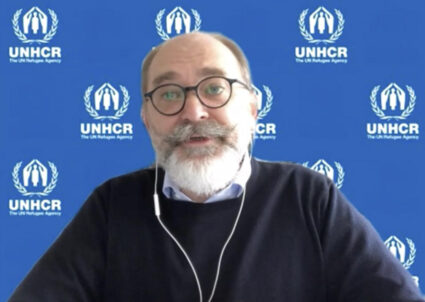UNHCR spokesman Mahsic said at a regular press conference at the United Nations Office at Geneva recently that UNHCR continues to register newly arrived Ethiopian refugees in the border area between Sudan and Ethiopia.
In the days since the New Year in 2021, about 800 people arrived in eastern Sudan from Tigray State in northern Ethiopia.
Since the outbreak of conflict in the region in early November, more than 56,000 Ethiopian refugees have fled to neighboring Sudan.
According to the latest arrival of refugees, they are involved in conflict, victims of attacks by various armed groups, and face a dangerous situation.
After several days of trekking, the refugees arrived with nothing but the clothes they were wearing, exhausted and weak.
It is estimated that more than 30% of them are under the age of 18 and 5% are over 60 years old.
Mahsic said that in support of the Sudanese government’s response, UNHCR and the Sudan Refugee Commission continue to transfer refugees from the border to designated refugee camps more inland.
And as the current refugee camp reception capacity is approaching its limit, the United Nations High Commissioner for Refugees and its partners are working to quickly transfer refugees from border reception points to the second newly opened refugee camp to ensure the safety of refugees and provide them with better living conditions.
Refugees will receive hot food immediately upon arrival in the new camp.
So far, the partners have built 1,000 tents here, which can accommodate 5,000 people.
More tents will be put into use as the transfer continues in the coming weeks.
While appreciating the generous opening of the border to refugees by the Government of the Sudan, UNHCR also pointed out the need to complement and support the Government of the Sudan’s response, in particular to further improve the water supply and sanitation in refugee camps and reception points, and to strengthen epidemic prevention measures, including isolation facilities.
In addition, additional funds are needed to maintain temporary shelter projects and improve living conditions in refugee camps, especially in preparation for the next rainy season that begins in May.
As of the end of 2020, $40 million has been pledged for the emergency response in the Tigray region of Ethiopia, but the funding covers only 37 percent of the funding required for aid operations in Sudan, Ethiopia and Djibouti.



